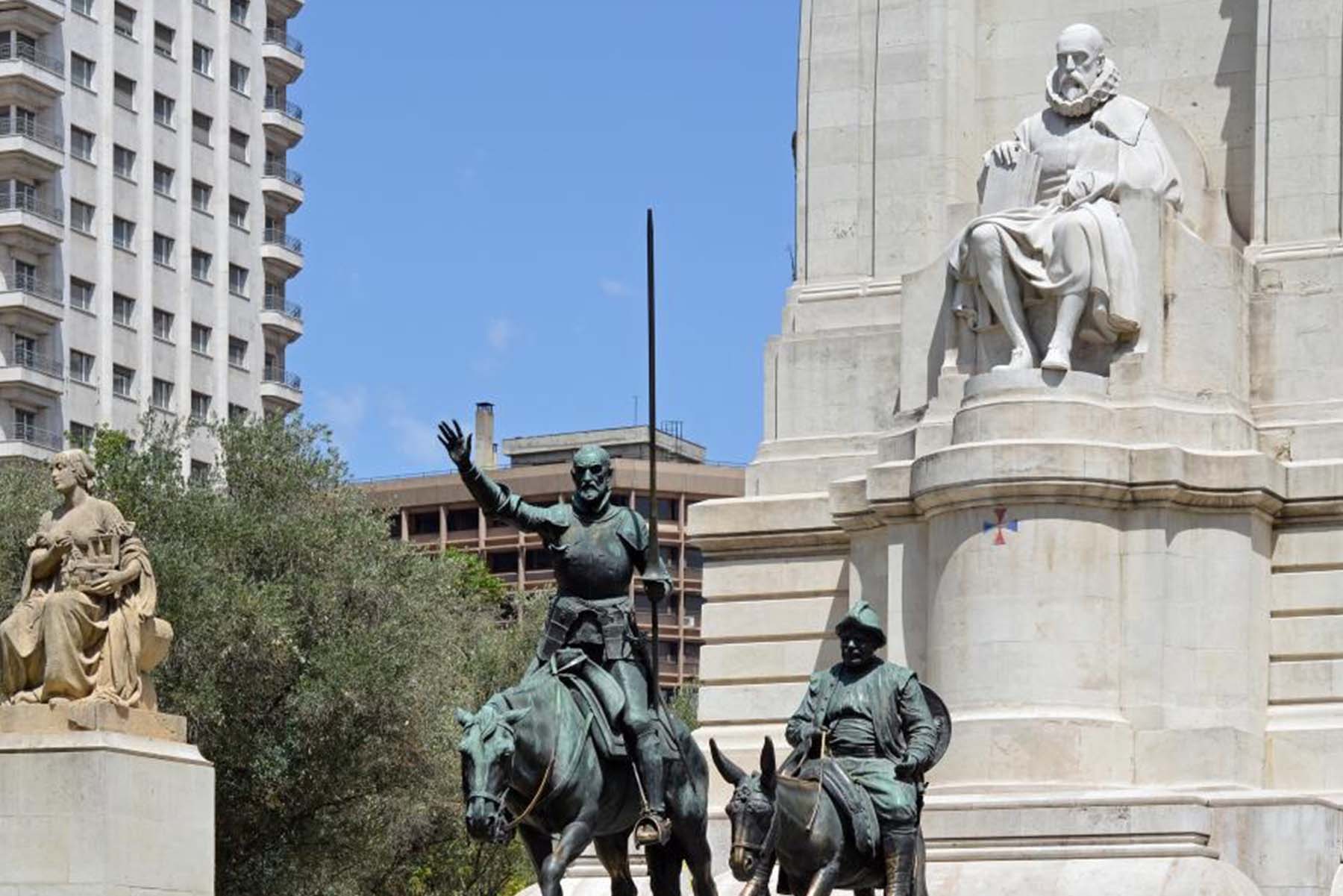
Madrid Through the Ages: A Journey into Spain’s Historic Heart
Madrid’s layers of history unfold like chapters in an epic novel, revealing the city’s transformation through the Muslim influence, the medieval era, the Austrias and Borbones dynasties, and the echoes of the Spanish Civil War. For travelers, each era is present in Madrid’s architecture, traditions, and streets, offering a journey that spans centuries over just a few days.
Muslim Roots and the Medieval City
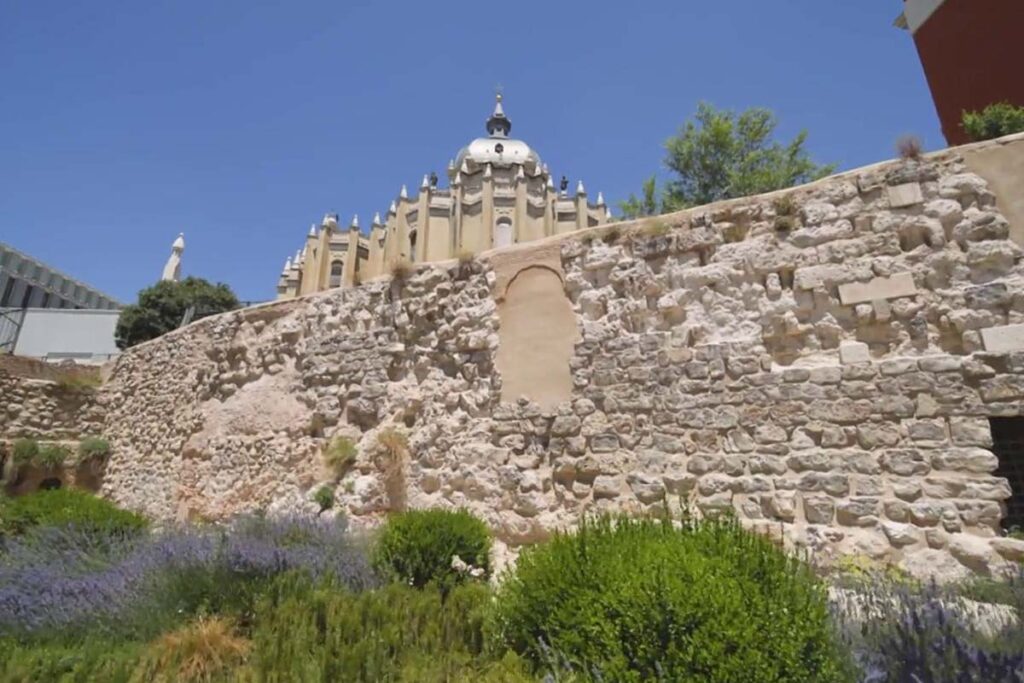
The story of Madrid begins with its origins as a fortified Muslim town in the 9th century. Built on the orders of Emir Muhammad I of Córdoba, the ancient wall, or muralla árabe, is still visible today in parts of the city near Almudena Cathedral. Although these fragments may seem modest, they represent Madrid’s earliest days as Mayrit, a stronghold against advancing Christian forces. This area is known as the Madrid de los Árabes, and wandering its narrow streets feels like stepping into a distant past.
Near the wall, stop by La Almudena Market for a taste of traditional Spanish flavors. Enjoy a plate of tortilla española or jamón ibérico, and savor the view from the terrace while reflecting on how this neighborhood has transformed since its founding. A special tip is to visit in the evening, when the old wall and nearby cathedral are illuminated, casting a soft glow on the area’s history.
The Austrias: Renaissance and Baroque Grandeur
As Madrid transitioned into the hands of the Habsburgs, or the Austrias, in the 16th century, it became the imperial capital under King Philip II. This era brought Renaissance and Baroque splendor to the city, best witnessed in the Madrid de los Austrias, the district that includes Plaza Mayor and the Royal Convent of La Encarnación. Plaza Mayor, with its majestic arches and stunning frescoed façades, was once the site of celebrations, bullfights, and even royal proclamations.
Nearby, immerse yourself in Madrid’s culinary heritage at Botín, reputedly the world’s oldest restaurant, serving roast lamb and cochinillo asado (suckling pig) cooked in wood-fired ovens. This traditional Castilian meal is a must-try, and dining here allows you to soak in the same historic atmosphere enjoyed by visitors for over 300 years.
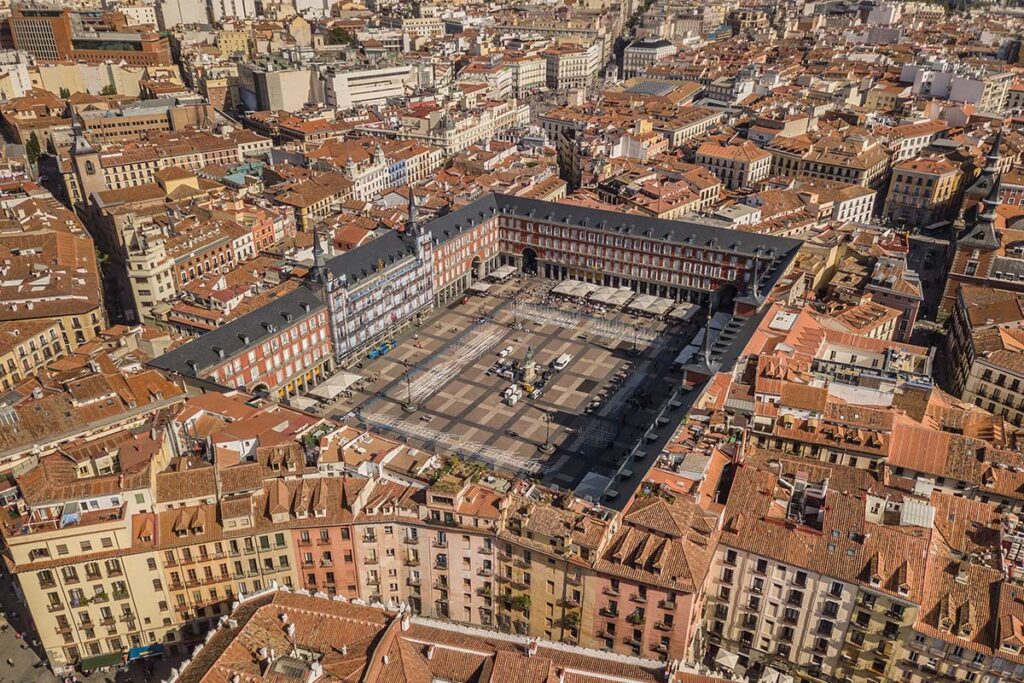
The Borbones and a New Era of Enlightenment
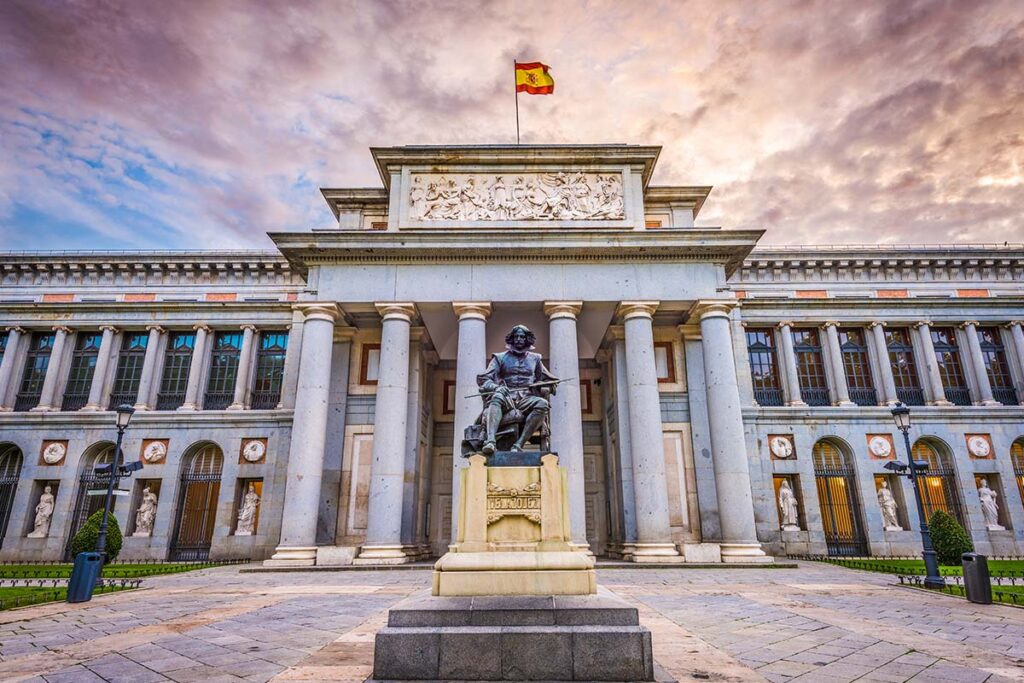
When the Bourbons, or Borbones, took the throne in the 18th century, they introduced a period of architectural refinement and cultural advancement inspired by France. King Charles III, often called Madrid’s best mayor, commissioned landmarks like the Prado Museum, the Royal Palace, and El Retiro Park. The Royal Palace, with its intricate interiors and grand halls, is an essential stop, revealing the opulence of this enlightened era.
Take a leisurely stroll through El Retiro Park, a former royal retreat that is now open to the public. Pause by the Crystal Palace, and enjoy a café con leche from a nearby kiosk as you relax by the lake. It’s a special way to experience the Borbones’ legacy, enjoying a serene park once reserved for royalty.
The Civil War’s Lasting Impressions
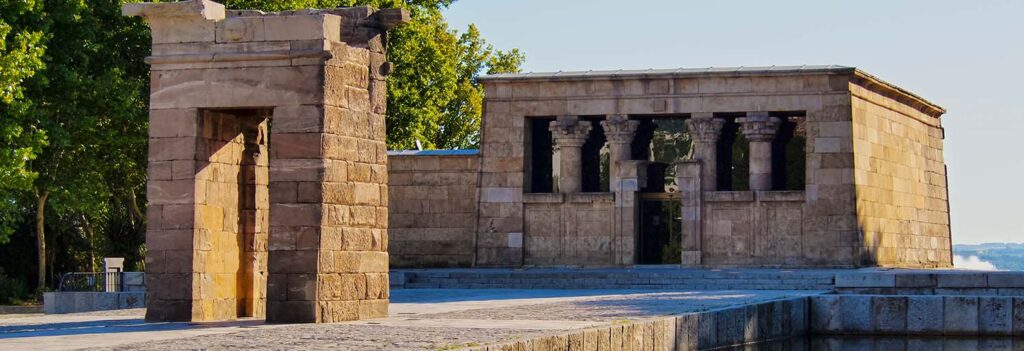
Madrid’s history took a darker turn during the Spanish Civil War (1936-1939), a conflict that left scars both visible and hidden. The city’s University City district, or Ciudad Universitaria, bore the brunt of the battle, and today, remnants of bunkers remain as silent witnesses to this tumultuous period. Guided tours provide insight into the struggles and resilience of Madrid’s people, adding a somber layer to the city’s historic tapestry.
For a quiet moment of reflection, visit Templo de Debod, an ancient Egyptian temple gifted to Spain. Watching the sunset here, you can sense the resilience and survival embedded in Madrid’s character.
Madrid’s History in Every Step
Madrid’s heritage unfolds through Muslim fortifications, Habsburg elegance, Bourbon grandeur, and echoes of civil strife. As you explore, tasting local cuisine and pausing at historic sites, Madrid’s stories become part of your journey, creating memories that reach back across the ages, grounding you in the city’s enduring soul.




